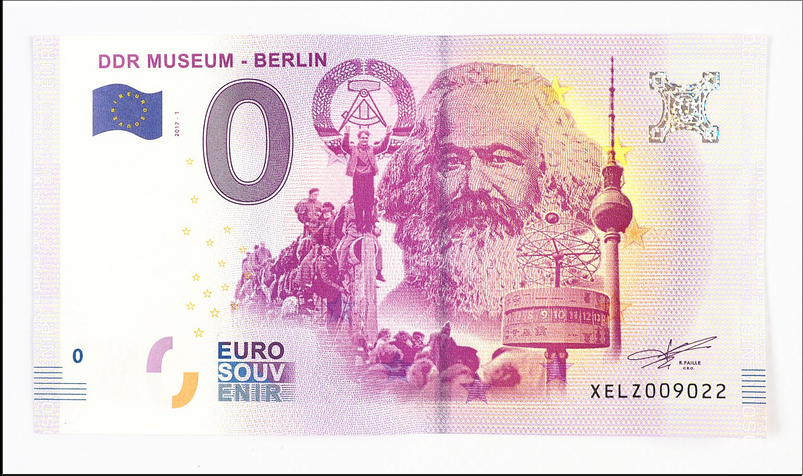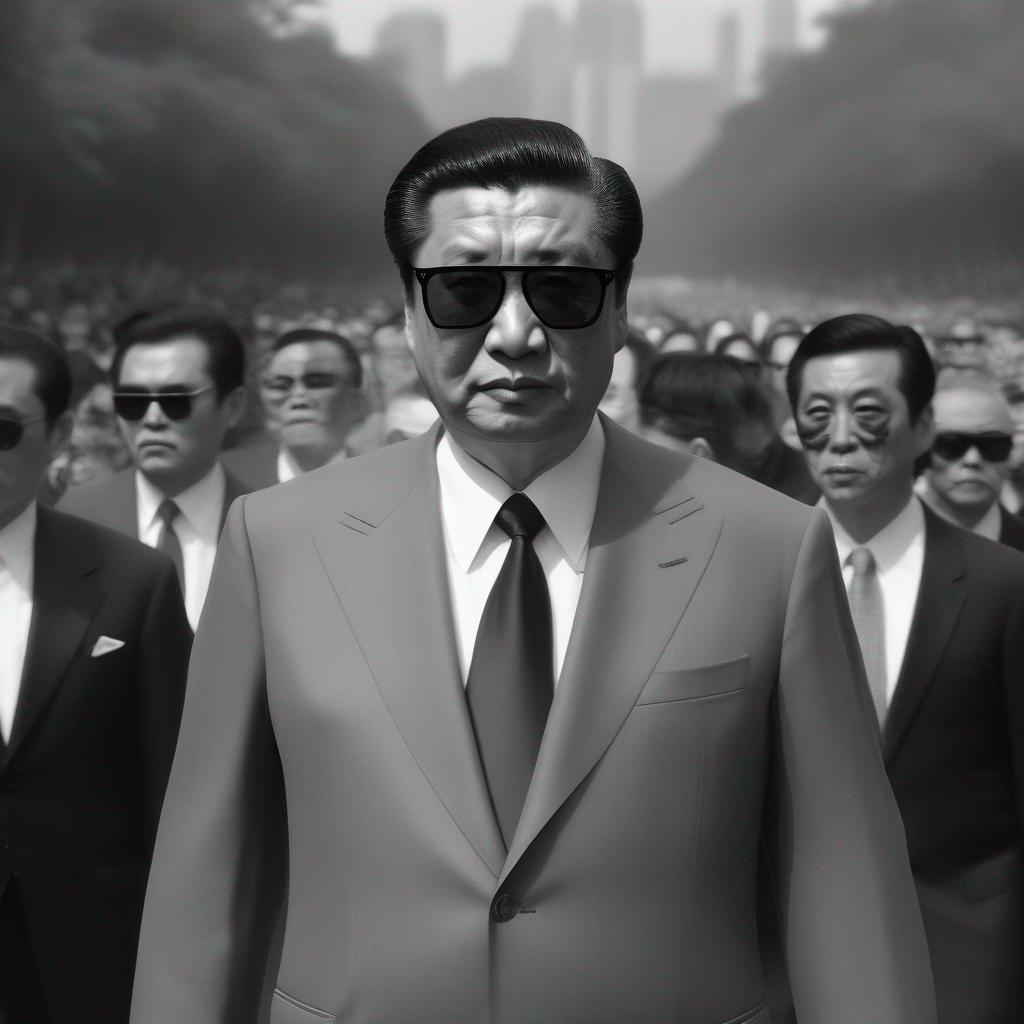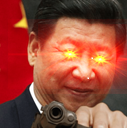

The Zero Euro is a souvenir banknote with authorized printing by the European Central Bank (ECB) and is on queue to be a popular in 2017 banknote collector markets. It’s origins stem from France in 2015 after Richard Faille, creator of popular French currency souvenirs, decided to create euros that promote tourism. The banknotes are printed at a private fiduciary facility and they share many of the same characteristics of a real Euro except that they are marked as “0”, hence the name, and are tested to ensure they cannot enter circulation as legitimate financial currency. The front of all zero euros is the same and it includes a white zero followed by the Euro sign to denominate no financial value. Then (from left to right) Brandenburg Gate, Big Ben, the Eiffel Tower, the Colosseum, Sagrada Familia, Manneken Pis and the Mona Lisa.



It’s from one of Mao’s poems: 《沁园春·雪》.
It’s a bit complicated to describe what the title means, but the first part 沁园春 is a 词牌 (lit. name cards, but more commonly translated to “to the tune of…”), a specific type of poem from the Song dynasty popularized by the famous poet Su Shi (Su Dongpo) that follows a specific set of rules. 沁园春 is characterized by its bitonic 114 characters with flat rhyme. 沁园春 derives its name from the Han Dynasty’s Princess Qinshui’s Garden, which translates to “Qin Garden Spring”. There are dozens of other name cards (which specify a specific style of poem) that have their own explicit set of rules.
Following the name card is the name of the poem, 雪, which literally means “snow”, or “snowscape”.
So, the first part specifies the name card (style?) of the poem (i.e. “To the tune of 沁园春“), followed by the title of the poem. Here, Mao’s poem is titled 雪 “snow”.
Others have translated the title to “ Snowscape - To the tune of Spring Garden Show” (see link below) which is fair I guess.
The poem was mostly about the beautiful scenery of Northern China and the patriotic fervor towards his country.
Supposedly written in 1936 when Mao led the Red Army arriving at Shaanxi to fight against the Japanese, and published in 1945 in Chongqing when Mao was negotiating with Chiang Kai-shek, and during his stay, the democrat activists he spent time with asked him to publish the poem in a local Chongqing newspaper.
Here is a translation that is quite decent: https://www.backchina.com/blog/257064/article-222619.html